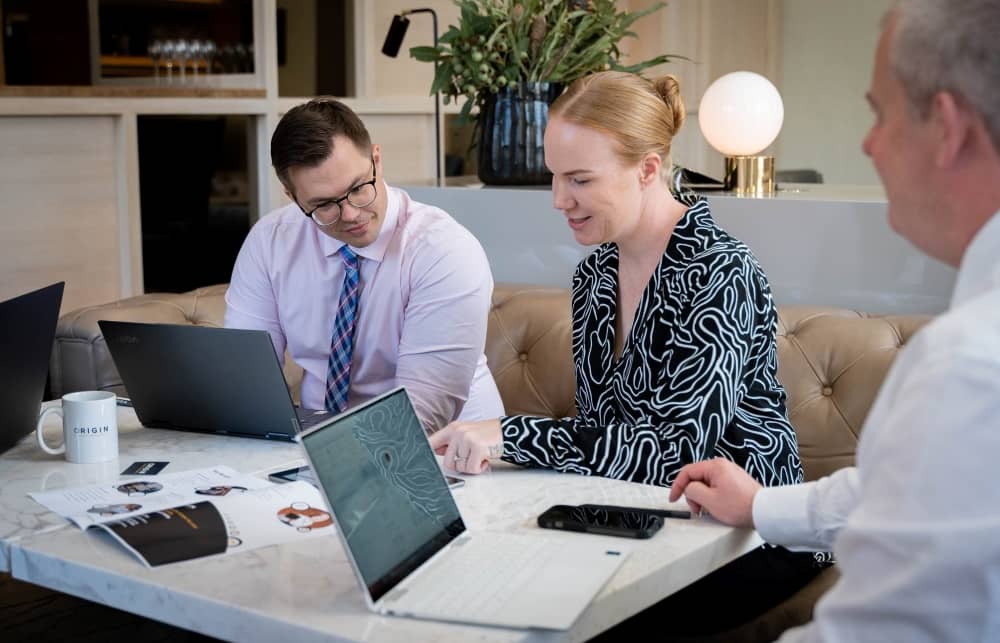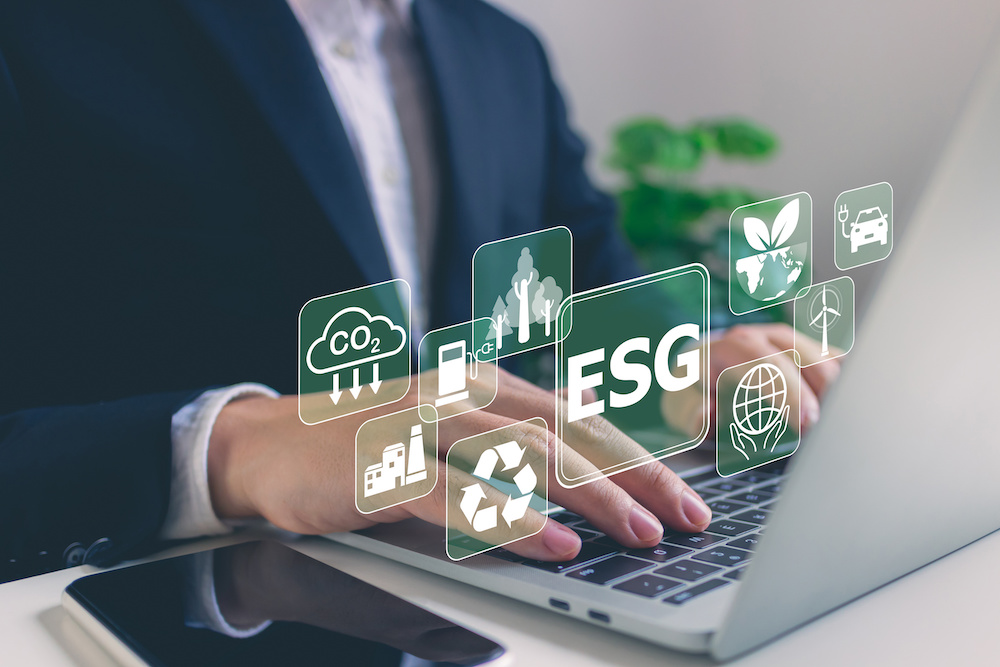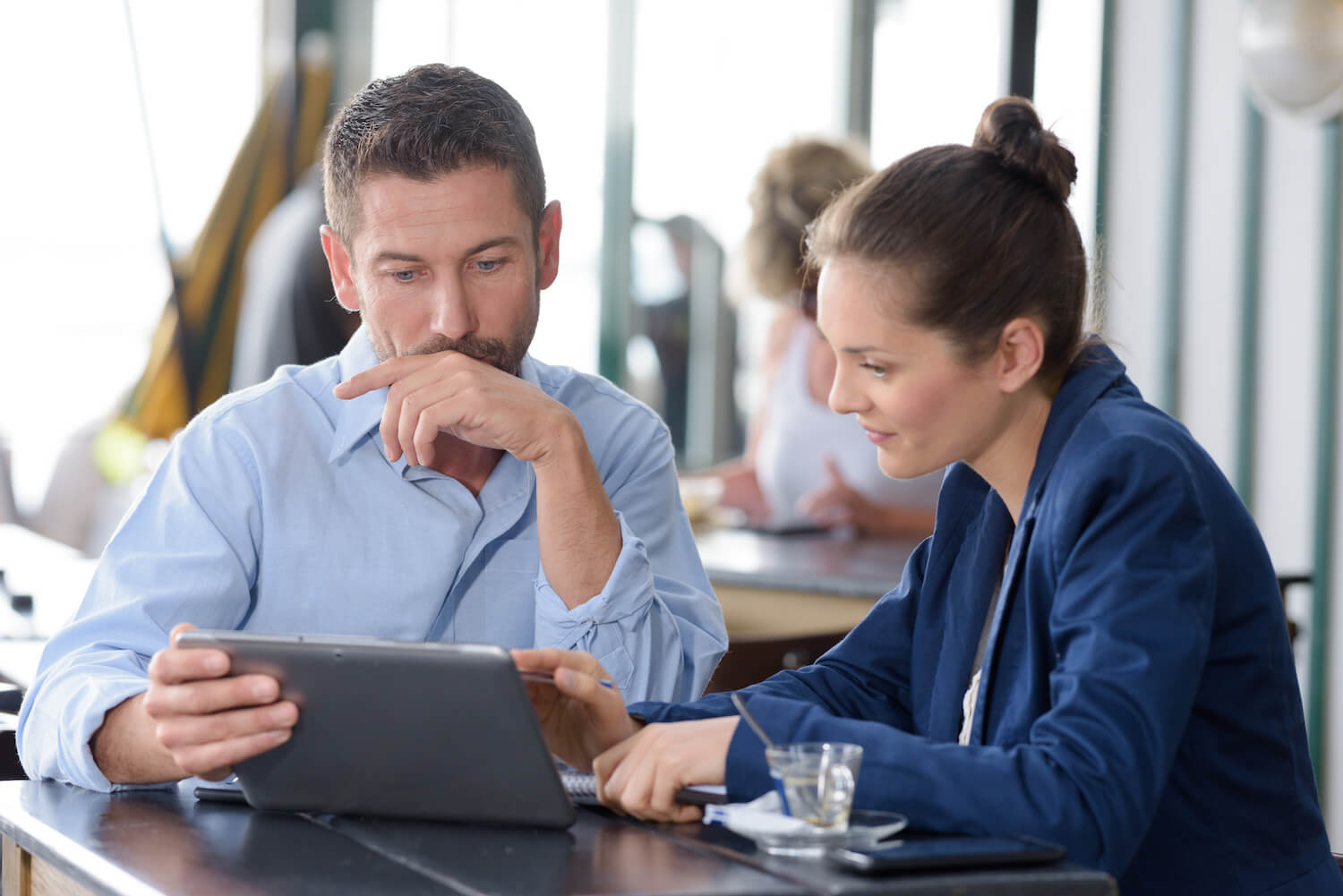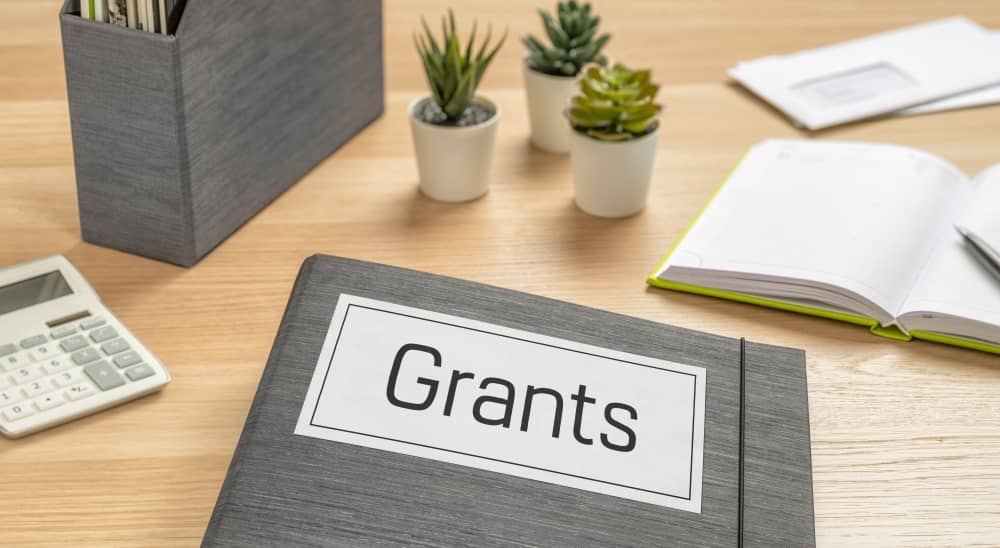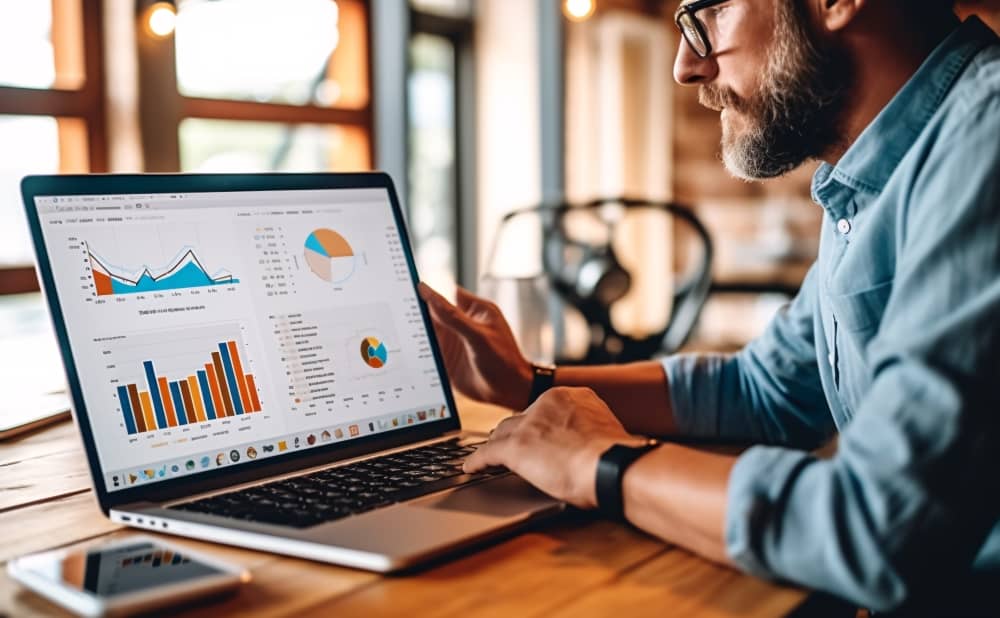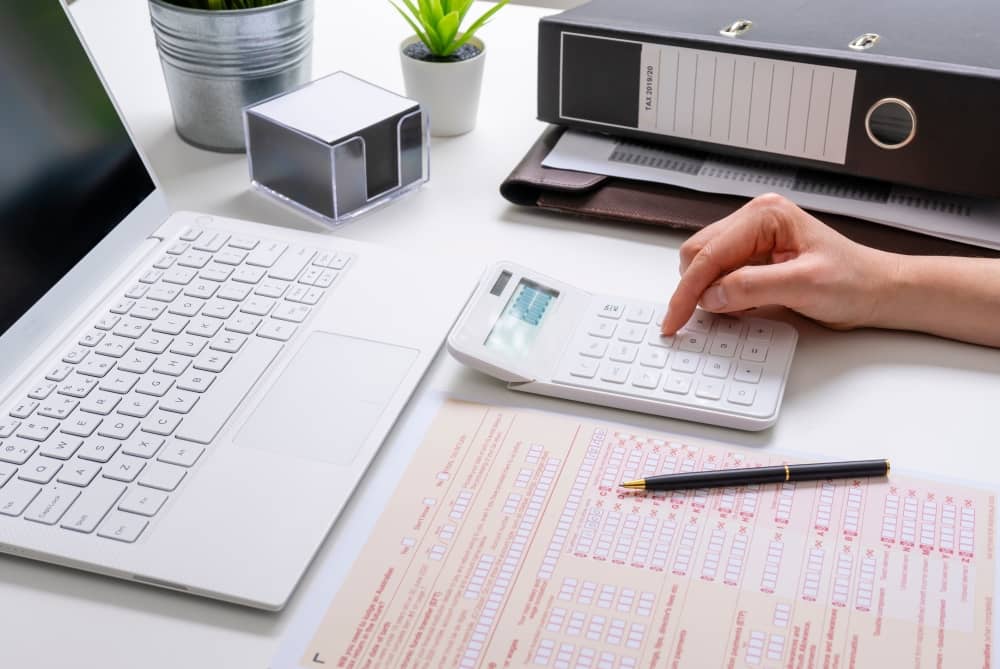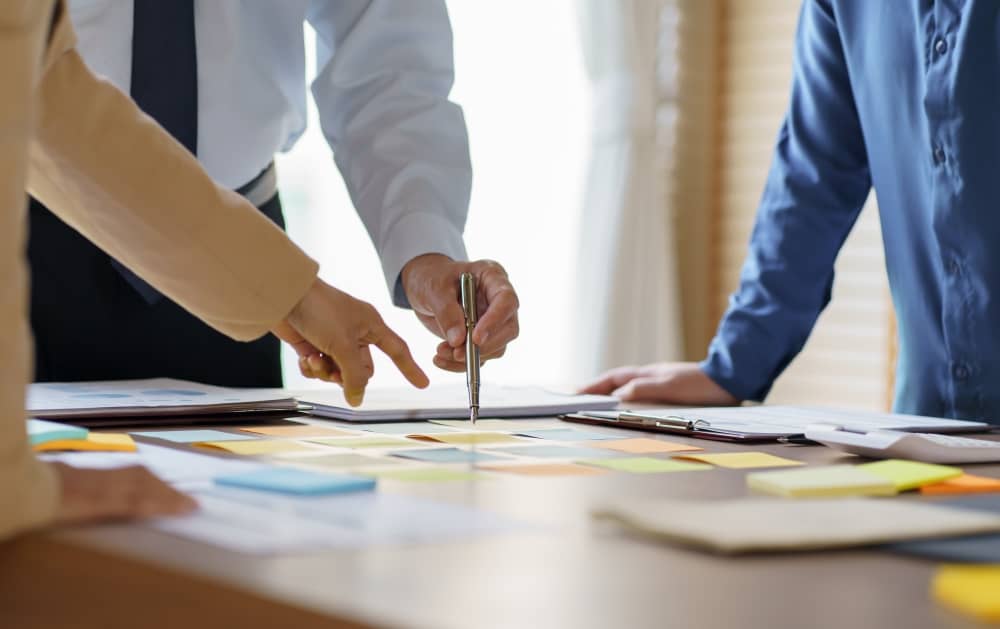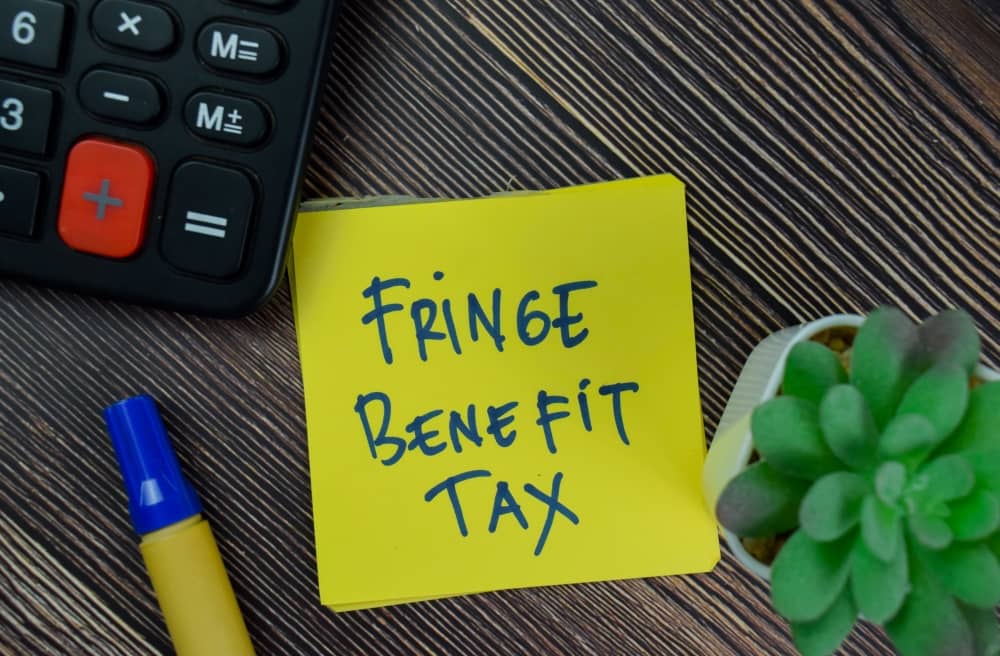Navigating SMSF Compliance: Essential Tips and Common Pitfalls to Avoid
Managing a Self-Managed Super Fund (SMSF) requires a deep understanding of compliance rules and awareness of common mistakes to ensure your fund operates smoothly and legally. As experts in SMSF management, we offer comprehensive guidance to help you stay compliant and maximise your fund’s benefits.
